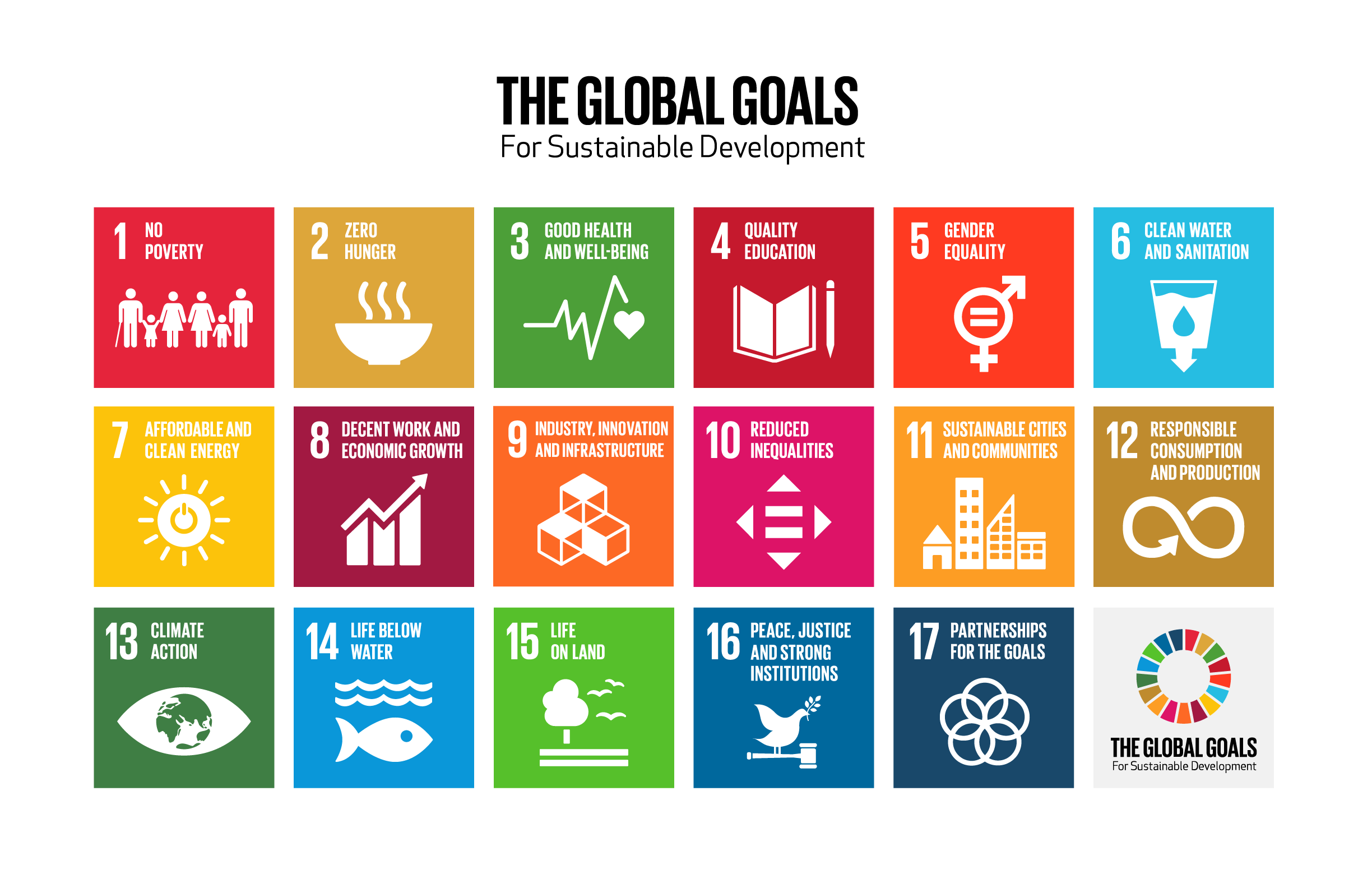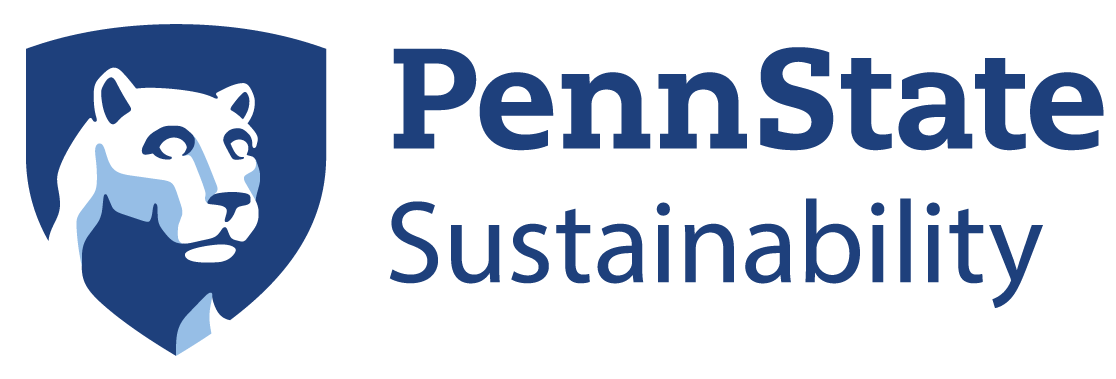Intersectionalism and the SDGs
By Tara McCafferty
A major component of sustainability that is often overlooked is the power of intersectionality. The creator of this idea, Kimberlé Crenshaw, defines the term intersectionality as “a metaphor for understanding the ways that multiple forms of inequality or disadvantage sometimes compound themselves and create obstacles that often are not understood among conventional ways of thinking.”
While intersectionality is often thought of strictly in regard to social issues such as gender and race equity, in reality, it is an approach for studying and challenging power wherever it is produced and reinforced. Intersectionality is crucial in order to holistically address the structural power imbalances that inhibit progress toward the UN Sustainable Development Goals. Understanding intersectionality helps us understand how to bridge the gap between the barriers and challenges that interfere with our success in advancing sustainability as a whole.
We know that sustainability is not limited strictly to environmental issues, rather it is an aspect critically woven into all parts of our lives. Barriers like gender inequality, racial inequality, access to clean water and healthcare, poverty, and hunger all stand in the way of our global citizen’s ability to engage with environmental concerns. Addressing those roadblocks allows individuals and communities to find their own avenues toward a brighter future.
Concepts like gender equity, sustainable cities and communities, climate action, and quality education are tied together under the umbrella of sustainability through the intersectionality of the SDGS. It could be said that the root of the SDGs is indeed intersectionality.
Both intersectionality and the UN SDGs overlap systems, experiences, and identities. Each of the goals are codependent. For example. SDG 1: No Poverty relies heavily on SDG 8: Decent Work and Economic Growth, which relies on SDG 11: Sustainable Cities and Communities which relies on SDG 13: Climate Action and so on and so forth. The overlaps between each of the goals are only achievable when all are addressed together.
Penn State as an academic institution, uses the SDGs as a framework to advance sustainability for the cause of people, planet, prosperity, peace, and partnerships. Following the 17 Sustainable Development Goals helps Penn Staters keep our intentions focused and efficient. Each goal covers a wide variety of components that make up the whole of what sustainability means both at Penn State and across the globe.
Across Penn State’s statewide and international footprint, you can readily find examples of work advancing each of the SDGs in our teaching, research, outreach, and operations. Much of Penn State’s Strategic Plan is also aligned with the SDGs. The plan incorporates sustainability both into its “foundations” (Ensuring a Sustainable Future) and “thematic priorities” (Stewarding Our Planet’s Resources).
In our next blog, follow along as we explore together the meaning behind each of the 17 Sustainable Development Goals and how they are utilized at Penn State.






